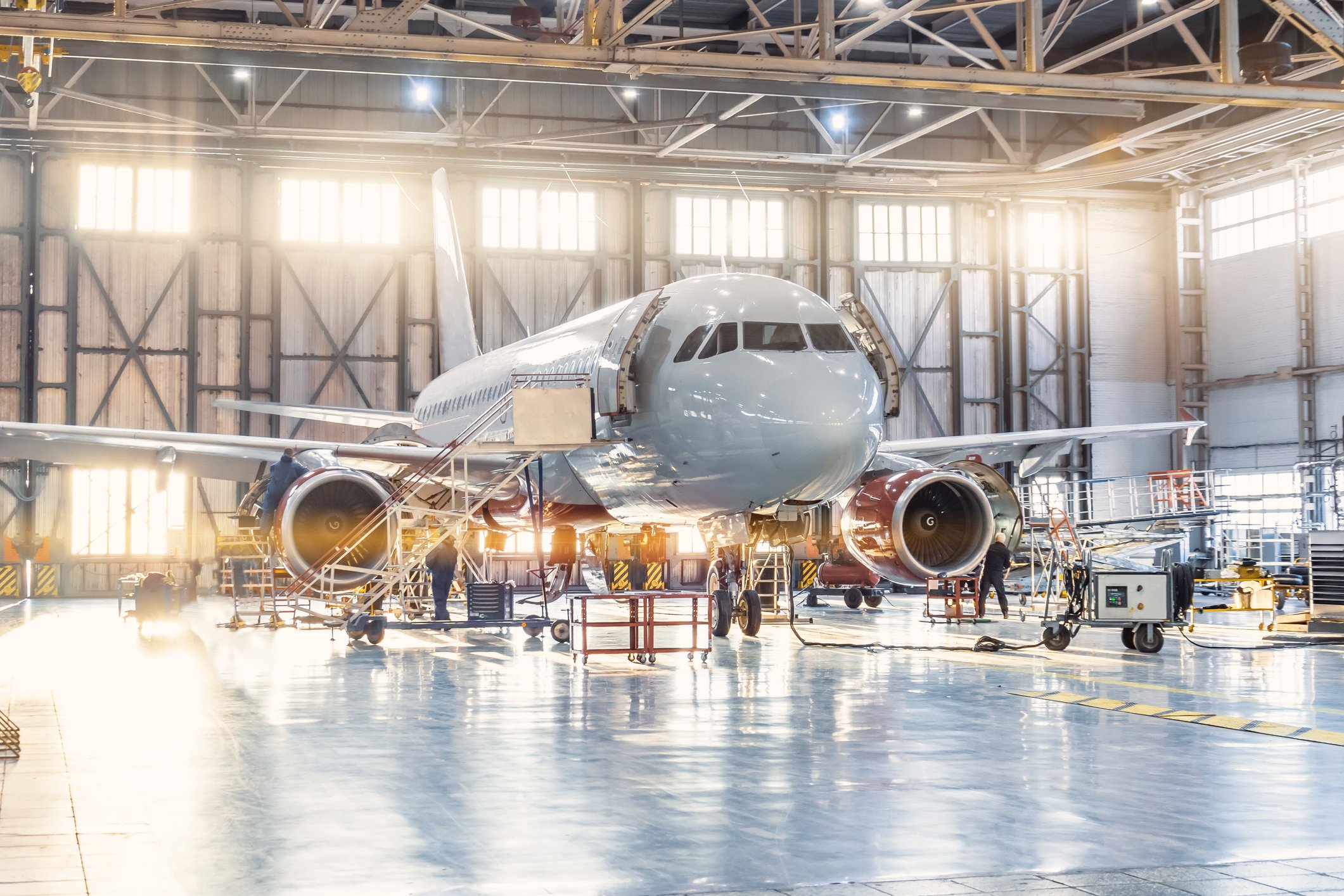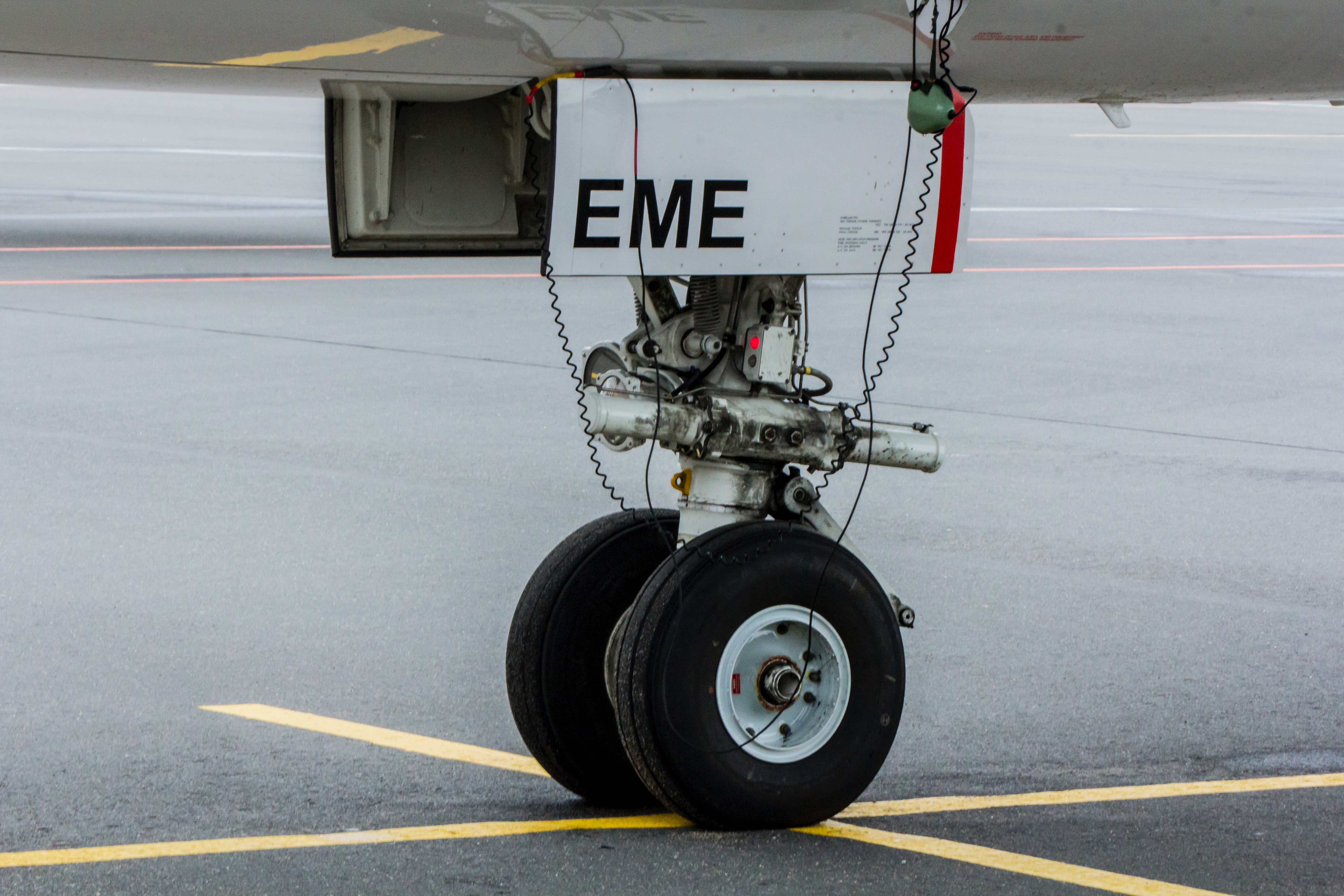Understanding the Vital Role MROs Play in the Aviation Industry

When it comes to key players in the aviation industry the big names that come to mind typically include aircraft manufacturers such as Airbus, Boeing, or Gulfstream, and airlines themselves from ANA to Emirates to United Airlines.
Behind the scenes, however, is a collection of companies that comprises the maintenance, repair, and overhaul (MRO) segment of the aviation industry that plays a vital role in keeping aircraft safely in the skies.
“Maintenance, Repair, Overhaul (MRO) in aviation is the repair, service, or inspection of an aircraft or aircraft component,” writes Pravin Vazirani for software provider Chetu. “. It is essentially all of the maintenance activities that take place to ensure safety and airworthiness of all aircraft by international standards.”
MRO Has Become a Buzzword in the Aviation Industry
While MRO is a term you will see across many industries, it has become more and more popular in the aviation market.
“Many people consider the term MRO a buzzword in the aviation industry. It has been used in a general way to refer to different companies within the aviation market,” explains Aeroclass.org. “This term is commonly used in aviation to label any major maintenance facility, whether as part of an airline, an aircraft maintenance unit, an aircraft maintenance facility, or a military facility.”
MRO, in essence, can mean different things to different people, but in aviation, it is generally recognized as referring to companies, businesses, and services that revolve around aircraft maintenance.
“MRO technicians and equipment help ensure flying aircraft run safely and reliability by using their ground support equipment,” says Aeroclass.org. “Although the term MRO facilities involve a significant industry area, the business models can be very different from one MRO facility to the other.”
How the MRO Sector Got Its Aviation Industry Start
While aircraft manufacturers and airlines naturally put their energy into their core mission, producing and operating aircraft, that left an opening in aviation for other players to support the industry.
“The MRO market became a viable business in aviation because Airframe Original Equipment Manufacturers (OEMs) would mainly focus on development and production, and not the aftermarket. This left a lot of airlines to partially or fully outsource MRO services from repair shops and system suppliers,” says Vazirani.
Aerotime Hub says that the term MRO first took flight in aviation in the 1930s, though maintenance was already important prior to then.
“Maintenance, repair, and overhaul have been important for as long as flight has been possible, including the Wright brothers’ Flyer which had to be maintained and repaired, as well as sometimes reassembled between flights in the nascent days of aviation,” says Aerotime Hub. “Back then, however, and for some years afterward, the aviation industry was so small that aircraft were often maintained by the same people who flew them, and sometimes by the very people who built them.”
Aerotime Hub’s timeline of the “History of MRO” includes:
- In 1909 the U.S. Army bought its first Wright Flyer and assigned several young officers to care for the machine.
- While those caring for aircraft at first were pilots, as more aircraft were brought online, the U.S. Army divided roles between those responsible for flying and those responsible for fixing the aircraft.
- Some of the world’s first organized aviation MRO came as France’s Aeronautique adopted processes and techniques from air balloon service and applied them to domestically-produced aircraft.
- During and after World War I, aircraft overhaul shops began to appear in towns where civilian aircraft were flown.
- Usage of the MRO term took off between 1939 and 1940 as companies in the United States began providing such services in many industries including aviation on the eve of World War II.
The North Central Institute (NCI) says that by 1948 the International Civil Aviation Organization (ICAO) had implemented their own licensing standards but did not enforce them.
“As Boeing launched the first 747 aircraft in 1969, they were also innovating new ways to troubleshoot. Instead of trial and error, they started using the “bottom-up” process. This gave technicians a pragmatic way to evaluate their systems and determine which components were malfunctioning. However, prior to the 1980s, technicians dealt with mechanical and analog systems, unlike the complex digital systems we see today,” says the NCI.
MRO has changed incredibly since the wild days of the Wright brothers.
“With all the advances in technology, there has also been an advancement in safety: not only for passengers and crew but also those on the ground. Everything in the aviation industry is highly regulated, with standards and policies set by the government. The biggest change, however, is now technicians are taking preventative measures. They are no longer trying to fix problems as they arise, they are trying to prevent them from happening in the first place,” says the NCI.
Where the MRO Aviation Industry is Headed
MRO aviation demand is projected to recover to pre-COVID levels by 2024, with modest annual growth over the next decade, according to Oliver Wyman’s Global Fleet & MRO Forecast Commentary 2022-2032.
“For the maintenance, repair, and overhaul (MRO) sector, the market is being redefined by a fleet in transition, in part because of higher numbers of retirements of aircraft due to entering a period of intensive MRO expenses,” said the report’s authors. “By 2030, MRO demand is expected to reach $118 billion, 13% below the pre‑COVID forecast of $135 billion.”
The slow growth projections do not apply to every region of the world as the China-based MRO demand has already exceeded pre-pandemic levels by the end of 2021, and other areas such as Western Europe will not see MRO demand recover until 2025.
“Another trend that will reshape the MRO landscape is a potential push toward onshoring of capacity — a direct response to the impact of COVID-19’s unforeseen stranding of some assets with quarantines and its continuing disruption of supply chains. While some of the impetus is expected to diminish as COVID-19 fades, airlines, and aerospace manufacturers are likely to want a decent amount of capacity that cannot be taken out of the mix by trade wars or sudden travel restrictions. That translates to domestic maintenance providers,” said the report.
An aviation MRO issue to keep an eye on is the potential for labor shortages to hinder growth.
“Prior to the pandemic, the industry was already looking at a potential shortfall mid-decade in the number of key aviation workers — pilots and aviation mechanics chief among them. At the time, the pressing problem was baby boomers reaching retirement age and not enough candidates to take their place. The pandemic has exacerbated those demographic trends by encouraging early retirements among airline and aerospace workers uncertain about the career prospects in a sector that COVID-19 almost entirely shut down for months,” says the reports executive summary.
With many would-be pilots and mechanics discouraged from entering the industry, some are forecasting over the next 20 years the need for:
- 612,000 new pilots
- 626,000 new maintenance technicians
- 886,000 new cabin crew members
Technology and Aviation MRO: Linked to the Future
Wherever the aviation MRO industry is headed it will surely be on the wings of technology with the following expected to play an increasing role:
- Artificial Intelligence and Machine Learning: AI and machine learning are being used to optimize MRO productivity. MRO teams can use AI-generated data for analysis to make predictive maintenance decisions that can improve safety and save time.
- Wearables: Wearables provide innovative maintenance options to assist with timely repairs and facilitate connectivity.
- Robotics: There are tiny "bug-like" robots in development that can improve aircraft maintenance. These robots will speed up routine maintenance checks and eliminate the need to remove the aircraft engine for service.
- Augmented Reality: AR technology is also being used in the MRO Industry to bridge the maintenance technician shortages. Remote guidance is connecting onsite operators to licensed technical experts.
- Blockchain: This can help keep MRO data secure and efficiently track parts, leases, inventory, repairs, and other essential data.



